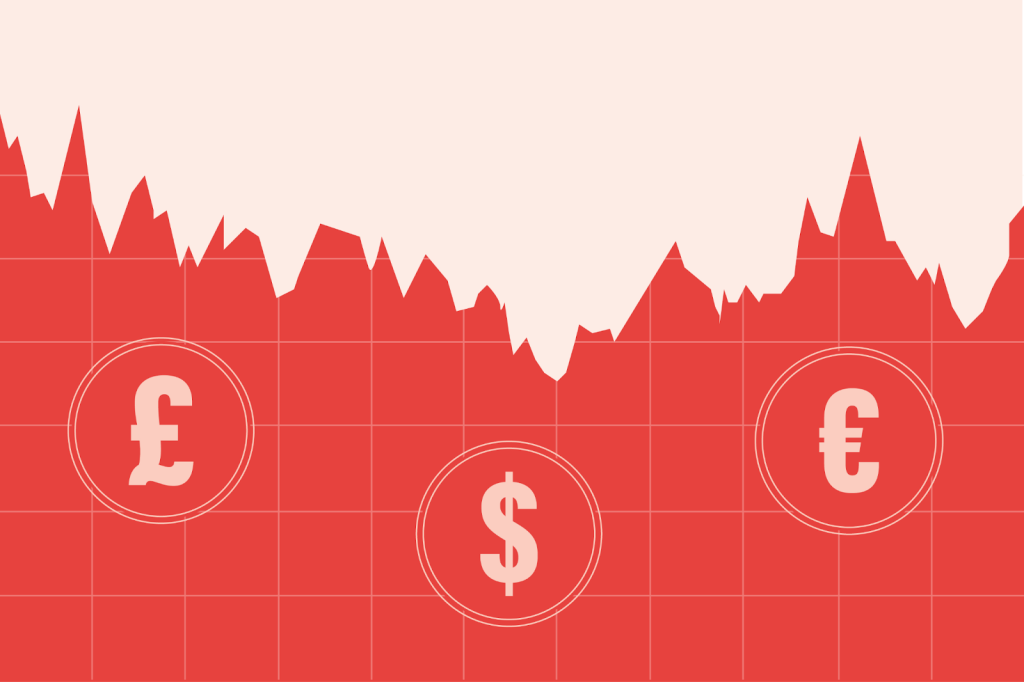Demystifying Forex Hedging: Shielding Your Trades from Market Volatility
If you’ve recently embarked on the thrilling journey of forex trading, you may have come across the term “hedging.” While it might sound like a complex financial maneuver, fear not! In this article, we will shed light on the concept of hedging in forex, demystifying its intricacies and helping you understand its relevance in navigating the unpredictable terrain of the foreign exchange market.
Understanding Hedging in Forex
Forex hedging is a strategic risk management technique employed by traders to safeguard their positions against potential losses resulting from market volatility. It serves as a financial shield, akin to insurance, shielding you from unexpected adverse movements in currency prices.
Market Volatility: A Double-Edged Sword
In the forex world, market volatility is the name of the game. Currency prices can fluctuate rapidly due to various factors, such as geopolitical events, economic data releases, or even unexpected tweets from influential figures. While this volatility presents opportunities for profit, it also exposes traders to significant risks.
 Enter Hedging: A Shield Against Uncertainty
Enter Hedging: A Shield Against Uncertainty
Hedging acts as a protective shield by offsetting potential losses. Let’s say you’ve taken a long position in a particular currency pair, anticipating its value to rise. However, due to an unexpected event, the market turns against you, and the currency depreciates. This is where hedging steps in.
Hedging Strategies
Forex hedging employs various strategies to minimize potential losses and protect trading positions. Two common techniques are:
- Direct Hedging: In this approach, you open two positions simultaneously: a long position (buying) and a short position (selling) in the same currency pair. By doing so, you balance the potential losses from one position with the gains from the other. This technique effectively neutralizes the overall risk exposure.
- Hedging with Derivatives: Traders can also hedge their positions using derivative instruments such as options or futures contracts. These financial instruments allow traders to enter into agreements to buy or sell currencies at predetermined prices and dates, providing an additional layer of protection.
Pros and Cons of Hedging
As with any trading strategy, forex hedging has its pros and cons. On the positive side, it helps manage risk, providing a sense of security in turbulent market conditions. It allows traders to focus on long-term investment objectives rather than short-term price fluctuations. However, hedging can also limit potential profits and incur additional costs, such as spreads, commissions, or premiums associated with derivative instruments.
Conclusion
In the dynamic world of forex trading, understanding hedging is a valuable asset. It enables traders to protect their positions against unexpected market movements, reducing the overall risk exposure. By implementing hedging strategies, you can navigate the forex market with greater confidence, knowing that your trades are shielded from volatility’s unwelcome surprises.
Remember, knowledge is power in the forex realm. So, take the time to study and familiarize yourself with various hedging techniques, seeking advice from experienced traders or financial advisors. With the right approach and a keen eye on risk management, you can unlock the true potential of forex trading while safeguarding your hard-earned capital.
So, what is hedging in forex? It’s your secret weapon against the unpredictable nature of the market—a powerful shield that helps you trade with confidence.
 Enter Hedging: A Shield Against Uncertainty
Enter Hedging: A Shield Against Uncertainty